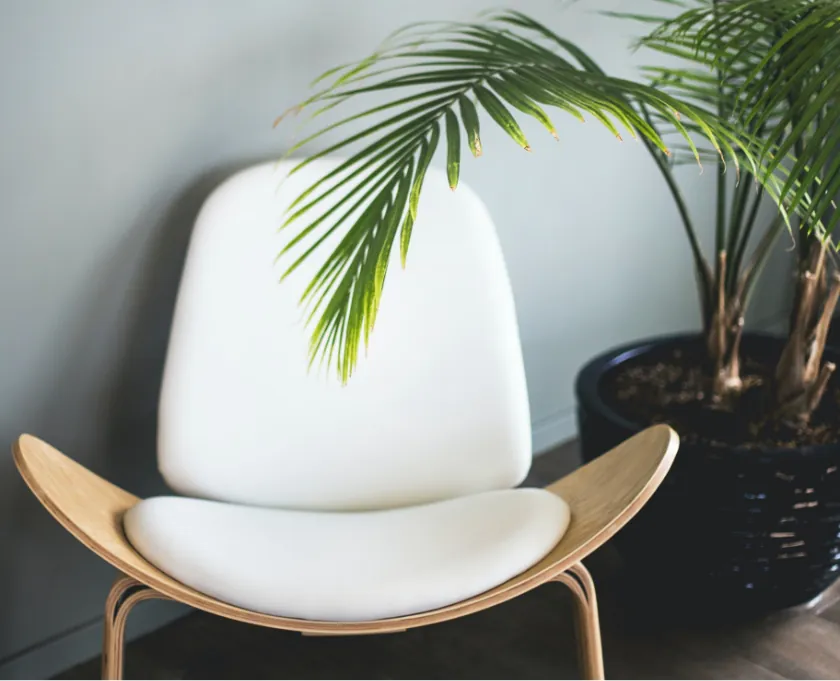Beautiful Plants For Your Interior

Have you ever looked at your houseplants and thought, “What are you trying to tell me?” As it turns out, your plants are constantly communicating their needs through their leaves. From subtle discolorations to dramatic wilting, each leaf is a messenger conveying crucial information about their well-being. In this botanical blog adventure, we’re diving deep into the fascinating world of plant leaves and learning how to interpret their cryptic messages to become a greener, more attuned plant parent.
Leaf Language 101: What They’re Saying
- Wilting Warriors: Drooping leaves? They’re thirsting for water! Give them a good soak, and watch them perk up, full of life.
- Sun Seekers: If your plant’s leaves are leaning or stretching toward the light source, it’s whispering, “More sunshine, please!” Find a sunnier spot, and your green friend will thank you.
- Color Clues: Yellowing or browning leaves might be a cry for help. Yellow can signify overwatering, while brown edges may indicate underwatering. Adjust your watering routine accordingly.
- Spot the Pests: Tiny, unwelcome guests like spider mites or aphids may leave behind speckled or discolored leaves. Identify and evict these intruders pronto.
- Nutrient Hints: If your plant’s leaves are looking a bit pale, they might be craving a nutrient boost. Consider feeding your plant with a balanced fertilizer.
- Leaf Drop Drama: Sometimes, leaves shed naturally as part of the plant’s growth cycle. However, excessive leaf drop might indicate stress. Investigate potential causes like overwatering, inadequate humidity, or root issues.
Leaf-Reading Tips and Tricks
- Leaf Anatomy: Familiarize yourself with your plant’s leaf anatomy. Each species has unique leaf characteristics that can provide valuable clues about its care requirements.
- Regular Inspection: Make leaf inspections a part of your routine. The sooner you spot issues, the quicker you can address them, preventing further damage.
- Keep a Care Diary: Maintain a plant journal noting watering schedules, sunlight exposure, and any changes in your plant’s environment. This can help you identify patterns over time.
- Ask for Help: Don’t hesitate to seek advice from fellow plant enthusiasts, gardening forums, or your local nursery. Sometimes, a fresh perspective can solve leafy mysteries.
Becoming a Leaf Whisperer
Becoming fluent in leaf language is like unlocking a secret code to a thriving indoor garden. Your plants are your silent companions, and by listening to what their leaves are saying, you’ll create a harmonious environment where they can flourish.
So, are you ready to embark on this leafy journey of discovery? Tune in to the whispers of your plant leaves, and you’ll become the green-thumbed detective your leafy companions have been waiting for. Your indoor garden will thank you with vibrant, healthy foliage and an abundance of joy. Happy leaf reading! 🌿🍃